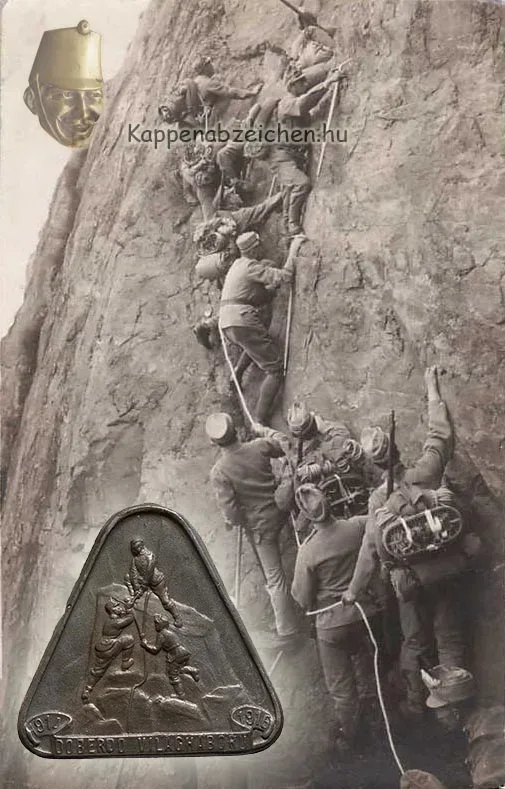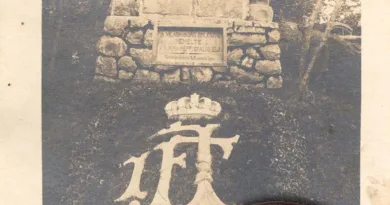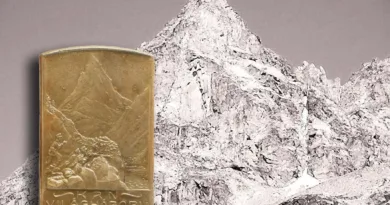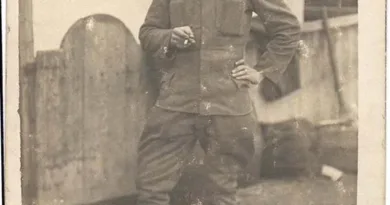Punta Corbin
There is a badge which, according to its inscription, depicts the Doberdo. In Hungarian usage the name refers mainly to the Karst plateau named after Lake Doberdob. However, in a broader sense, the entire Italian front was understood as well. This is reflected in the badge. After all, there were no mountains on the Karst plateau that could be climbed with ropes. All the more so at the upper course of the Isonzo and even more so in Tyrol. The photo used for the post could also have been taken somewhere there, obviously during a climbing exercise.
Of the Hungarian-speaking regiments, the detached battalions were primarily trained for high-mountain conditions. In addition, on occasion, for example, during the 1916 South Tyrol offensive, many regiments were transferred from the Eastern Front. In such cases, these units could also find themselves in high mountain conditions. Such an action is described in the volume of the history of the 24th jager battalion.
As is known, this attack tried to reach the Italian lowlands after capturing the Italian “Sette comune” plateau. This area was protected by a system of fortresses, without the capture of which the advance was not possible. The forts scanned the valleys most suitable for attack. During the attack, the the 24-ers were tasked with attacking and overcoming the Punta Corbin fort. Without occupying the fortress and the Monte Barco and Monte Cenigo mountains, the attackers could not get near the town of Arsiero. On May 23, they reached the fort. In the terrain characterized by deep gorges and valleys, progress along the ridges was hindered by the fire of the Italian defense. Therefore, the officers of the battalion decided to climb the wall of the gorge and approach the fort from an unexpected direction.
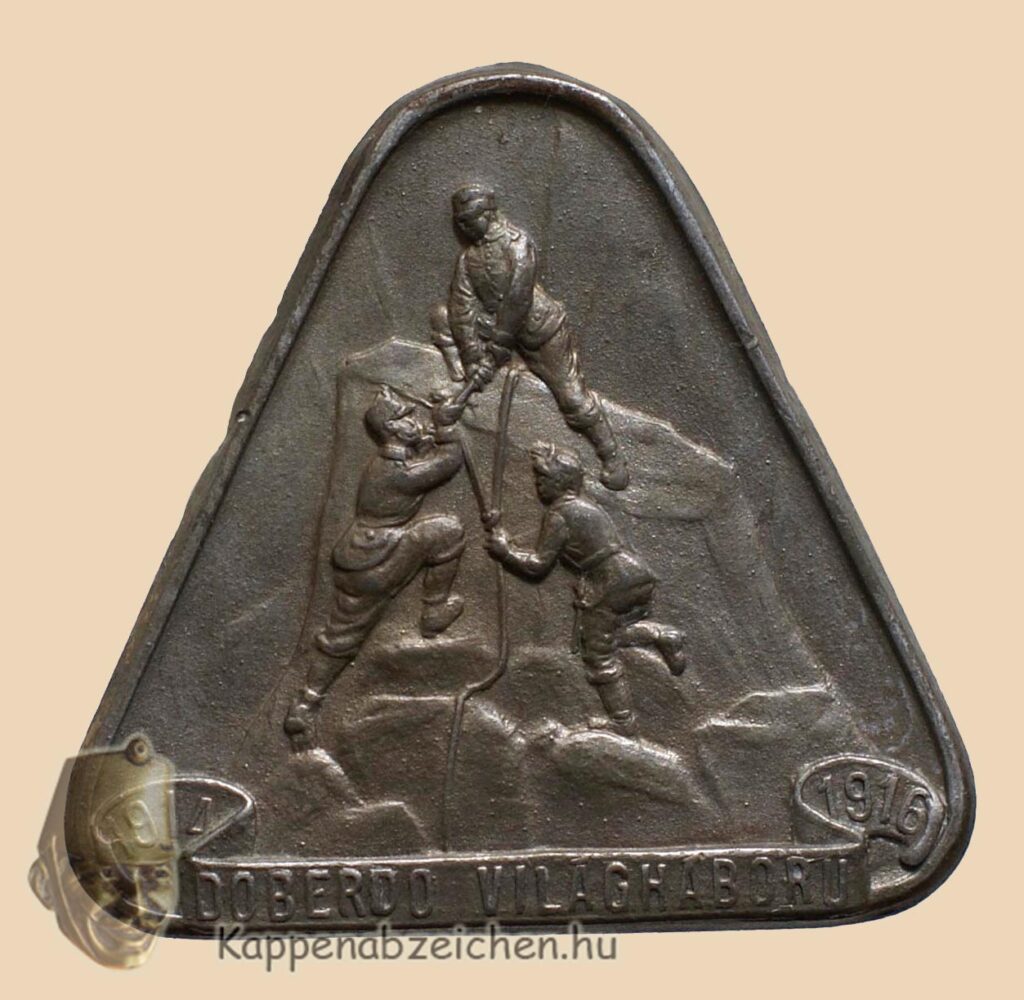
The unexpected attack also posed a serious risk. Staff climbing over difficult terrain could easily be picked off by snipers from the top of the plateau. Therefore, they attempted to climb and attack at night, which made the ascent difficult. It should be added that the 24-ers received mountain training and had the appropriate equipment for climbing. Finally, at dawn on May 29, one company of the jagers climbed the gorge wall with rope belays. In the morning, another company followed them. The troops who got close to the fortress finally launched their attack at 1 p.m. First they ran over the Italian guards posts. They could not warn the fort’s crew of the unexpected danger.
Arriving at the obstacle system set up in front of the fort, the attackers noticed that the Italians had begun to evacuate the fort. The guns of the armored turrets had already been dismantled, and the munitions were being transported. The hunters found the passage through the obstacle system, so they quickly got inside the fort, overcoming the sparse Italian security. As a result of this reckless action, the attackers managed to capture the Italian rear guard troops. A significant amount of war material was also looted.

In addition to the insignia depicting the climbing soldiers, the insignia of the 24 hunters is also desirable here.

